Breeding methods and matters needing attention of rubber trees propagation of rubber trees
Rubber tree it likes high temperature wet, sunny environment it is also resistant to shade but not cold, in the cold winter must be moved into the home rubber tree to let it continue to survive Oh. Next, let's look at the cultivation knowledge of rubber trees:
Rubber tree farming methods and precautions:
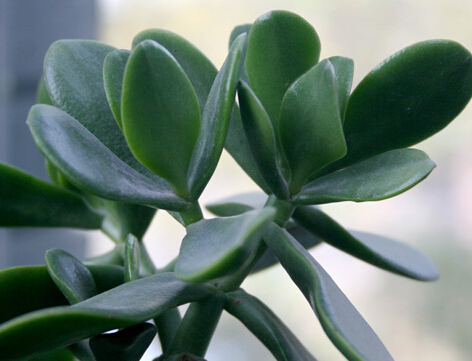
1. Requirements for temperature of cultivated rubber trees:
Rubber trees like warm, the most suitable temperature for growth is 20~25 degrees. High temperature resistance, temperature above 30 degrees can also grow well. The cold-tolerance of variegated leaf varieties is slightly worse than that of cold-tolerance and safe overwintering temperature is 5 ℃, and the overwintering temperature should be maintained above 8 ℃. Cold temperatures produce a lot of leaf litter.
2, breeding rubber tree requirements for light:
Rubber trees like bright scattered light and have a certain ability to withstand shade. Intolerance to strong sunlight exposure, too strong light will burn leaves and appear yellowing, scorched leaves. It is also not suitable for shade, otherwise it will cause a lot of defoliation and make the beautiful patches of striped varieties pale. Shading should be carried out from May to September, or plants should be placed in a place with sufficient scattered light. The rest of the day should be sunny.
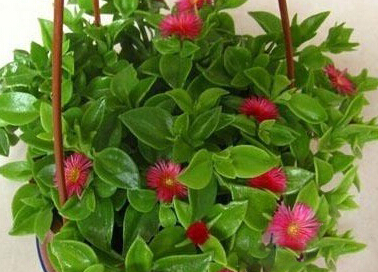
3. Control of watering of cultivated rubber trees:
Rubber trees like moist soil environment, during the growth period should be fully supplied with water, keep the basin soil moist. Winter needs to control watering, low temperature and pot soil too wet, easy to lead to root rot.
Environmental humidity determines the growth of rubber trees:
Rubber trees like a humid environment, growing season sunny and dry air, to regularly spray water to the branches and leaves and the surrounding environment to improve the relative humidity of the air.
5. Fertilization of rubber trees in growth:
Because rubber tree grows quickly, should supply nutrient ability to make plant exuberant growth in time. Nitrogen-based fertilizer should be applied 2 to 3 times a month. The species with color stripes can reduce the frequency of fertilization due to slow growth, and at the same time increase the potassium fertilizer to make the stripes on the leaves bright. If too much or pure nitrogen fertilizer is applied, the color of the stripes will fade or even disappear. In September, nitrogen fertilizer should be stopped and only phosphorus and potassium fertilizer should be applied to improve the cold resistance of plants. Winter plants dormancy, should stop fertilization.
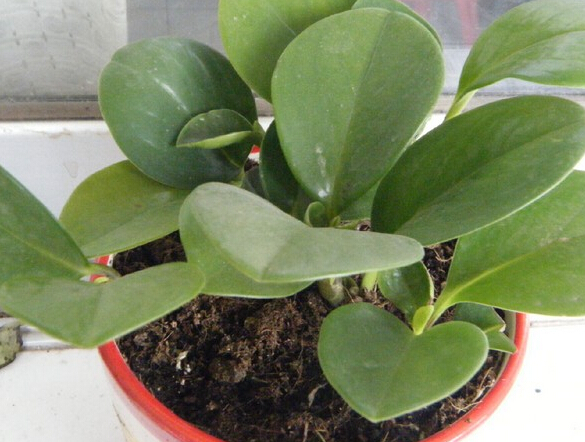
6. Daily pruning skills of rubber trees:
In spring, pruning should be carried out in combination with shed, removing branches, inward branches, dead branches and thin branches inside the crown, and cutting short the branches protruding from the crown, so as to make the interior of the plant well ventilated and transparent and keep the tree shape round. If the canopy is too large, the surrounding branches can be truncated as a whole. During the growth period, over-dense branches and short long branches should be thinned at any time.
7, the cultivation of rubber tree pot requirements:
It usually needs to be turned over once every two years. Like fertile loose and good drainage sandy loam, matrix available garden soil, rotting soil and sand and other materials, while mixed with farm manure as base fertilizer.
8. Common pests and diseases of rubber trees:
Often anthracnose, leaf spot and gray mold damage, with 65% zinc 500 times spray, insect pests have scale insects and thrips damage, with 40% omethoate EC 1000 times spray kill.
Rubber tree propagation methods:

Multiply by insertion. The time of insertion is suitable for spring and autumn. If the cuttings are not watered properly in summer, the cuttings will rot easily. The survival rate of cuttings was highest when cutting annual semi-lignified branches and the tender part of the tip. The cuttings are 2~3 nodes long, and the upper one leaf is reserved, and half of the leaves are cut off, or the leaves are rolled up and tied up with strings to facilitate insertion and reduce water transpiration. When cutting, seal the upper and lower cuts of cuttings with mastic to prevent excessive juice from flowing out and affecting survival, then insert cuttings into plain sand, and root about 40~50 days after insertion under the condition of temperature above 20C.
In addition to the above propagation with cuttings, but also available single bud cutting, high branch layering method or water insertion method of propagation.
Four Seasons Management of Rubber Trees:
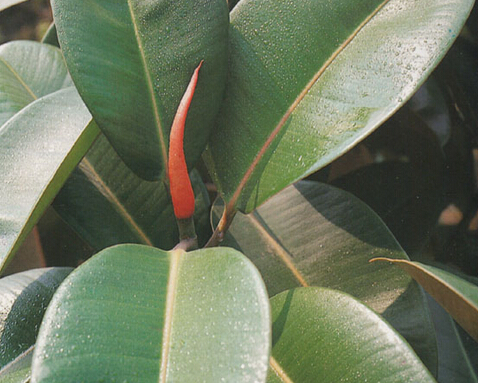
(1)spring management
Change pots when the temperature stabilizes at about 15℃ every spring, and prune them properly before changing pots.
Rubber trees are robust and simple to manage. Spring should be arranged in a bright place, keep the basin soil moist, and often spray water around it to increase air humidity. Fertilization can begin when young plants see new leaves. When the temperature is higher in late spring, it will be moved to half light or scattered light indoor layout, culture.
(2)Summer Management
Rubber tree high temperature sun, but the light is too strong, leaf color easy to lose luster, is not conducive to viewing. Rubber trees can be placed in bright indoor areas. Weaker light indoors is not conducive to its growth.
Because rubber tree leaves are many and large, water consumption is large, should be watered in time, keep the pot soil moist, at the same time multi-directional spraying of its leaves and surrounding, in order to meet its requirements for air humidity.
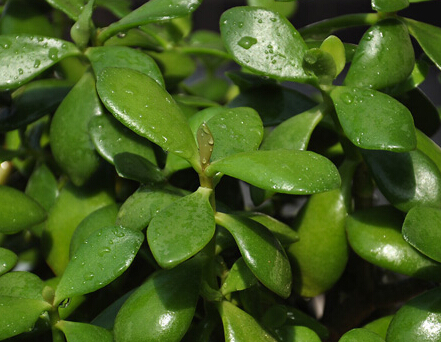
(3)Autumn Management
Autumn potted plants should be moved to the windowsill or balcony with light to cultivate, keep the pot soil moist, noon when the temperature is higher, to its surroundings and leaves watering spray to increase air humidity.
Autumn in order to enhance its cold resistance, can let it exercise in outdoor low temperature for a period of time, but can not let it be hit by frost, frost should be moved in time before the indoor light.
(4)winter management
Rubber trees are not cold-resistant and can withstand short-term low temperatures of 0℃. However, the indoor temperature should be kept at about 5℃. At this time, the growth of rubber tree is in a stagnant state. Sufficient light should be ensured to make the basin soil moist and dry. The basin soil is too wet and easy to rot roots. When the temperature is higher at noon, sprinkle water and spray several times around it and leaves.
(1)spring management
Change pots when the temperature stabilizes at about 15℃ every spring, and prune them properly before changing pots.
Rubber trees are robust and simple to manage. Spring should be arranged in a bright place, keep the basin soil moist, and often spray water around it to increase air humidity. Fertilization can begin when young plants see new leaves. When the temperature is higher in late spring, it will be moved to half light or scattered light indoor layout, culture.
(2)Summer Management
Rubber tree high temperature sun, but the light is too strong, leaf color easy to lose luster, is not conducive to viewing. Rubber trees can be placed in bright indoor areas. Weaker light indoors is not conducive to its growth.
Because rubber tree leaves are many and large, water consumption is large, should be watered in time, keep the pot soil moist, at the same time multi-directional spraying of its leaves and surrounding, in order to meet its requirements for air humidity.

(3)Autumn Management
Autumn potted plants should be moved to the windowsill or balcony with light to cultivate, keep the pot soil moist, noon when the temperature is higher, to its surroundings and leaves watering spray to increase air humidity.
Autumn in order to enhance its cold resistance, can let it exercise in outdoor low temperature for a period of time, but can not let it be hit by frost, frost should be moved in time before the indoor light.
(4)winter management
Rubber trees are not cold-resistant and can withstand short-term low temperatures of 0℃. However, the indoor temperature should be kept at about 5℃. At this time, the growth of rubber tree is in a stagnant state. Sufficient light should be ensured to make the basin soil moist and dry. The basin soil is too wet and easy to rot roots. When the temperature is higher at noon, sprinkle water and spray several times around it and leaves.
Related
- Wuhan Hospital Iron Tree Blooming Result Was Instantly Frightened by the Gardener Master
- Which variety of camellia is the most fragrant and best? Which one do you like best?
- What is the small blue coat, the breeding methods and matters needing attention of the succulent plant
- Dormancy time and maintenance management of succulent plants during dormancy
- Minas succulent how to raise, Minas succulent plant pictures
- What are the varieties of winter succulent plants
- How to raise succulent plants in twelve rolls? let's take a look at some experience of breeding twelve rolls.
- Attention should be paid to water control for succulent plants during dormant period (winter and summer)
- Watering experience of twelve rolls of succulent plants
- Techniques for fertilizing succulent plants. An article will let you know how to fertilize succulent plants.



